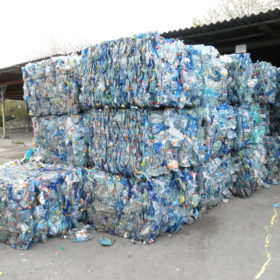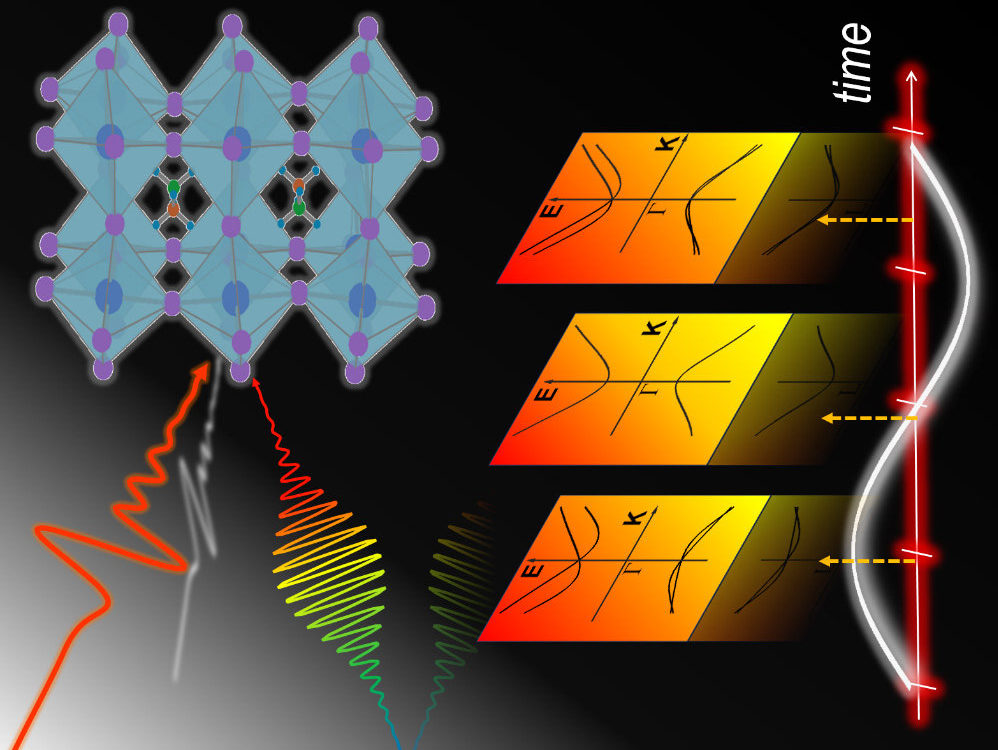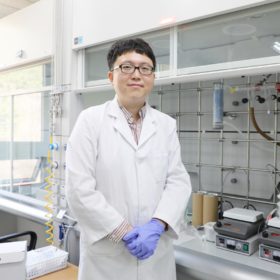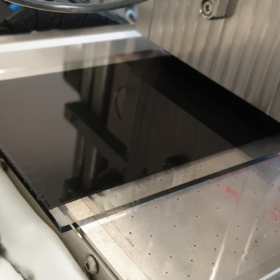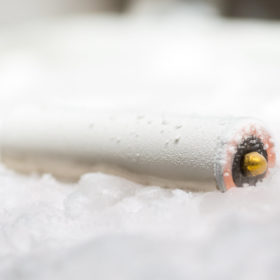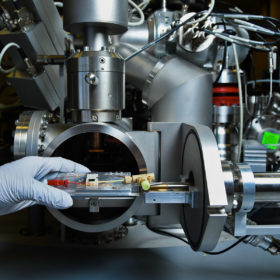Wearable ‘honeycomb’ lithium-ion battery
Scientists in South Korea have worked with graphene and carbon nanotubes to develop a working lithium-ion battery that can be stretched by up to 50% without damage to any of the components. According to the scientists, the battery represents a significant step in the development of wearable or body-implantable electronic devices.
The week in perovskites
As a focus of research at leading institutes the world over, new developments in the perovskite field come thick and fast almost every week. From x-ray observations on a nanoscale to financing and plans for mass production, pv magazine is bringing together some of the most exciting developments of recent weeks.
Instant battery electrodes – just two minutes in the microwave
Scientists in the United States have used microwaves to convert ubiquitous plastic packaging material polyethylene terephthalate into a battery electrode component. The researchers say anodes based on the material could be suitable for both lithium-ion and sodium-ion devices.
A new path opens to perovskite development
Scientists in the United States claim to have proven the existence of an atomic-scale phenomenon in a perovskite material. Using powerful, ultra-fast bursts of light, the group was able to capture images of the ‘Rashba effects’ within the material. The researchers say the phenomenon could be harnessed to create new opportunities for PV and other perovskite-based devices.
A closer look at clouds to optimize energy forecasts
A group of scientists in the United States has developed a weather forecasting model designed to better predict the solar irradiation that a given area will receive. The model uses satellite data to estimate the light transmission properties of clouds, a metric often overlooked in standard weather forecasting, but nonetheless vital in modeling PV energy yield.
Pushing quantum dots forward
Scientists in Korea have investigated performance degradation in quantum dot solar cells – an important consideration for a technology that has seen rapid efficiency increases in recent months. The group found surface oxidation of quantum dot material represents a significant threat to longer-term performance and the researchers suggest that an additional layer in the cell could solve the problem.
All-organic, sustainable proton battery from Sweden
A group of scientists at Sweden’s Uppsala University have developed a proton battery based on abundant organic materials. They say the battery can be charged “in a matter of seconds” while operating at low temperatures, and can be cycled more than 500 times without significant capacity loss.
Swiss researchers unveil new perovskite process
A group of scientists at Switzerland’s Federal Laboratories for Materials Science and Technology (EMPA) has demonstrated a new manufacturing process, based on slot die coating, for the production of perovskite thin-film solar cells. The laboratory has fabricated small perovskite modules using this process and has plans to move into the field-testing phase later this year.
Looking back over lithium
Already responsible for changing the way we communicate and power portable devices, lithium-ion technology is now driving revolutions in both transport and energy supply the world over. A new paper published by Arumugam Manthiram of the University of Texas at Austin examines the technology’s development, from initial discoveries made in the 1970s to the considerations of today’s researchers working on the ‘batteries of the future’.
Carbon nanotubes pave the way for silicon in storage
Scientists in the United States have developed a carbon nanotube method of fabricating a lithium-ion battery with a silicon anode. The device reportedly demonstrated better than 87% capacity retention after 1,500 cycles. The developers say their discovery overcomes many of the obstacles to the use of silicon as an anode and could open up the use of other materials for electrodes in lithium-ion devices.


